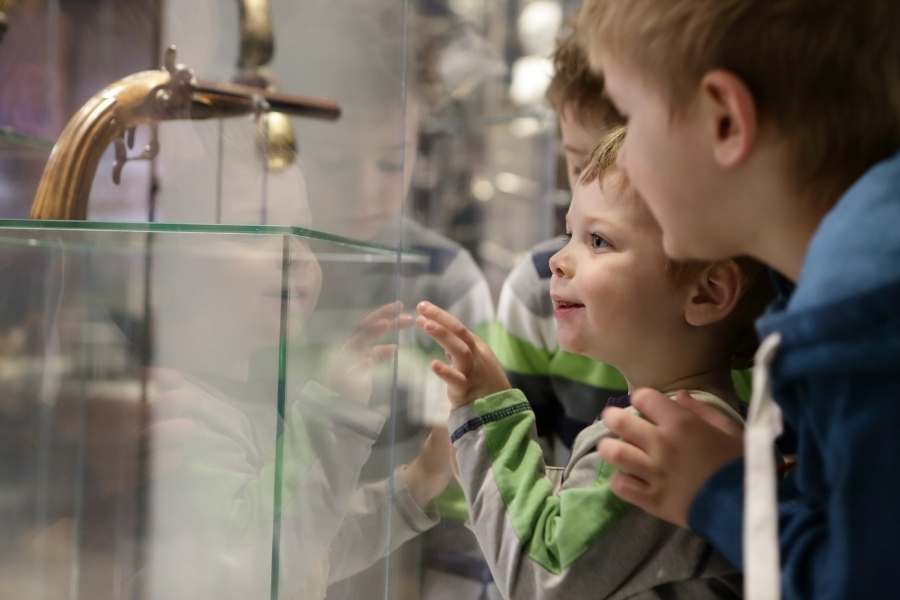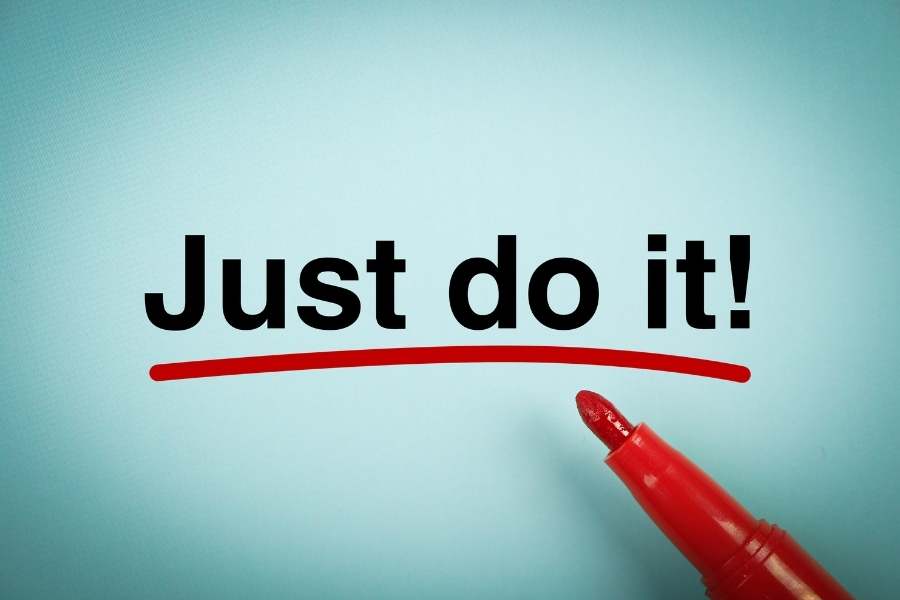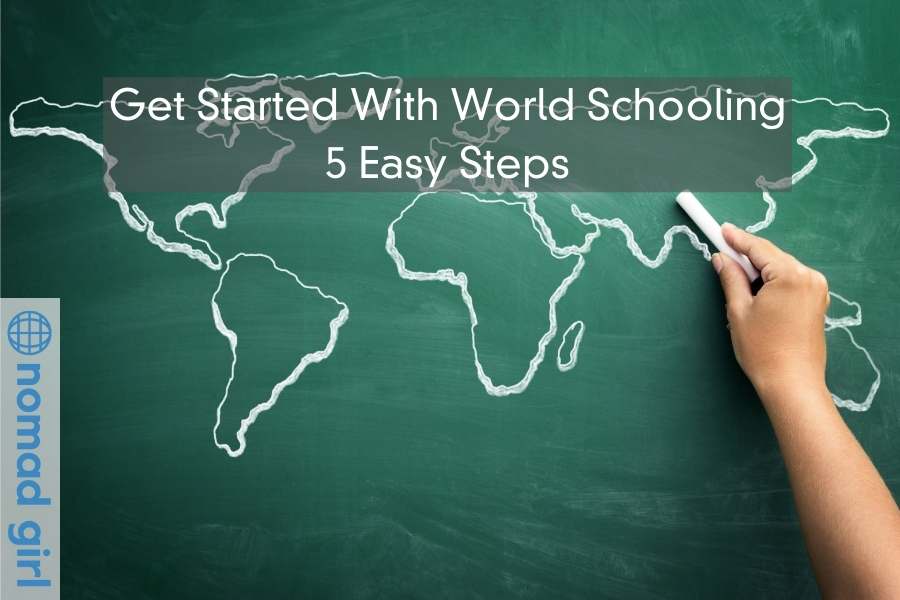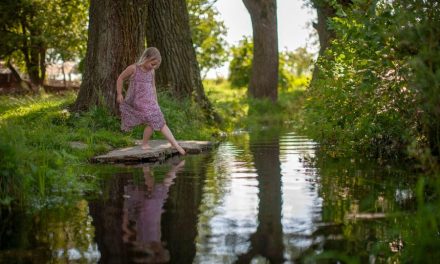World schooling is an excellent way to get your kids educated in a more holistic sense than traditional schools offer. It’s also quite convenient if you are a family on the road, but the biggest barrier preventing families from getting started is not knowing how to.
It can be overwhelming. Even if you practice more of a hands-off type of parenting, you want the best for your child. Because of this, you probably have a lot of questions as to the nitty-gritty of how exactly world schooling is done and what you need to plan or prepare for.
Step 1 – Find Your Philosophy
You know what world schooling is, but what is it for you? World schooling is a type of education that offers a ton of freedom and is flexible to those who are doing it. That means it’s up to you to decide just how “educational” you want your experiences with your kids to go. This could be anything from taking each day as it comes and mere exposure to different cultures and lifestyles is enough, to active and enforced background reading before visiting a historical site and then writing a report on it. It could be a combination of both.
The easiest way to get started is to define your philosophy. Your philosophy could be only one or two sentences, or it could be a page. For help on writing a full-length philosophy to help you figure out where you stand, have a look here.
Examples:
I believe that the classroom is a living community that is comprised of the world. The world also takes on the role of the teacher. Children can learn passively through everyday culturally rich experiences.
To me, the world as a classroom means that places, and the people and things within them, can provide a basis as a formal education platform that is more realistic and hands-on than a traditional classroom can provide.
As you can see, both of these examples are very different but still fit within world schooling. If you are thinking of skipping this step, please don’t! It is really useful to see the direction world schooling will take you in, as well as what’s important to you.

Step 2 – Think About the Place (and then the activities)
Depending on your exact situation, you may or may not have the choice of where you can travel and when.
If you do have the choice…
If you have been considering world schooling for some time, or even if this is the first article you’ve stumbled across on the topic, there are probably some places that immediately pop into your mind as being good for learning. These are the best to start with since you already have an interest and a more or less specific purpose.
Common examples:
- Rome to learn about the Roman Empire
- East Coast of the USA to learn about American history
- Tokyo to explore technology and engineering
- Amazon Rainforest for science
Of course, there are many more, but if you have the flexibility then go with whatever you think of to start with. After you’ve gone and seen how it has went, you can decide what to do next based on that.
Remember that places have a lot more to offer than just what they are famous for. Dig into these too. Read below for questions to research in order to do just that.
If you don’t have the choice…
It’s great if you have to be in a certain location because that means you can really get to know the surrounding area and find some hidden gem learning opportunities. Take some time to investigate these questions:
- What museums are available to visit?
- Are there cooking classes available?
- Is there a place to go hiking or trekking?
- Are there playdates/ get-togethers with local children?
- Is there a zoo?
- Can you learn about how a local product is made?
- What are some cultural differences that you can observe?
- What natural disasters occur?
- Plus anything else of interest you can think of…!
Once you have some answers, you’ll have a good idea of how you can spend your days.

Step 3 – To Plan or Not To Plan
This really goes back to your philosophy. How much do you want your child to know before going in? Some places may be more meaningful with preparation, while others are just fine from observing.
Also, part of planning is to think about what you will do after you visit a place or participate in an activity. When it’s over is it over? Do you want to have a discussion about it or ask your child to journal about what they learned? It’s entirely up to you, but it’s something that deserves some thought!
Don’t be overwhelmed. A lot of these decisions that are made by you as the guide and mentor in your child’s world school education can be made on the fly! The point of world schooling is to get out and see the world first-hand.
With that being said, for the planners out there (like myself!) here are some more tips:
- Do a quick Google search of “what every ___ grader should know”, find a decent source, pick out what you deem most important, and see what activities you can do to help achieve those items.
- Do the same as above but with using the actual national standards your country follows. You don’t have to be a teacher to do this! Just browse, make some basic notes, and plan off of that. Keep it simple.
- Keep a document full of ideas for world schooling activities and adventures as you find them. Organize by country/region if location-specific or by subject.

Step 4 – Teach Your Kids To Be Critical Thinkers
In order to get the most out of world schooling, kids need to ask questions about what they are experiencing all the time. This helps them to be critical thinkers. Critical thinking is a life skill. So how do you do it?
The best way to encourage your child to ask a lot of questions, make connections with what they have seen and learned, etc. is to model it yourself. Be excited and interested in everything the world has to offer and they will be too. Ask open-ended questions such as, “What do you think about…?”, “Why do you think…?”, and “Do you remember when we ____? How is this different?”. There are many question stems and conversation starters you can use, but ultimately let the situation be your guide!
Don’t forget that children also need time to soak things in, just like we do.

Step 5 – Just Do It
And of course, this aspect couldn’t be left out. There is a point where there is too much thinking and planning to go on. Just jump in already. There are some things that are better learned on the go. One of the best things about world schooling is that you are learning too!
Try it for a day, weekend, week or month. Start small or dive in. It really doesn’t matter because with world schooling it’s really just all about the experience. Have fun out there!



















